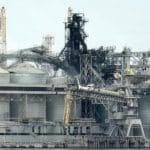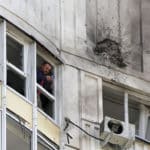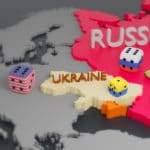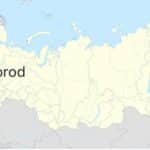UN head: The collapse of the Ukrainian dam is “monumental”
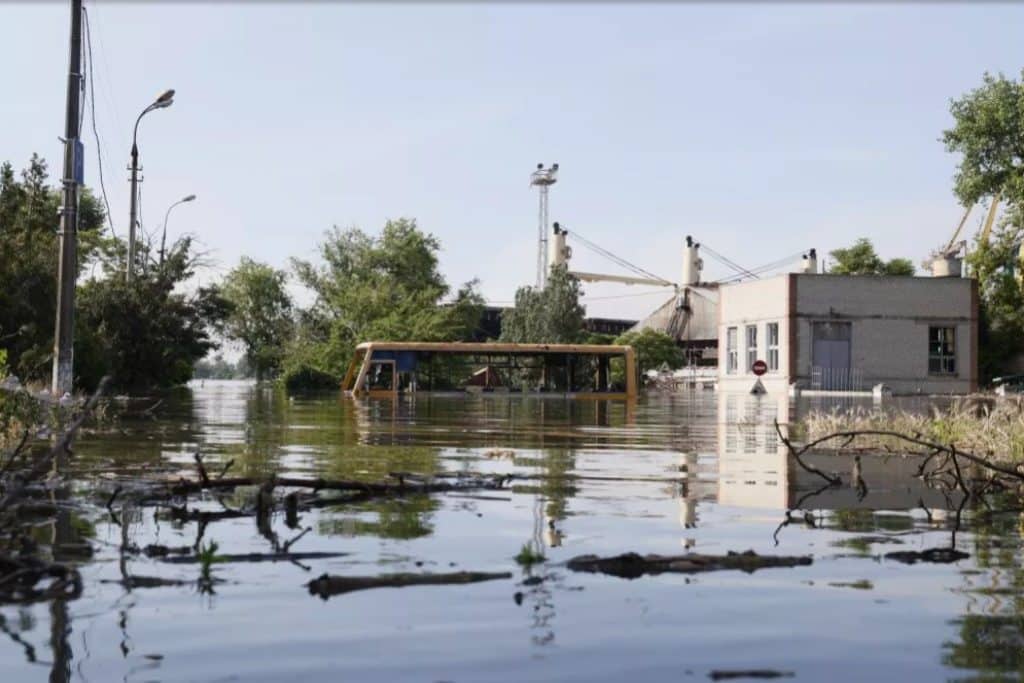
Thousands of Ukrainians who were already fighting in the country now risk a “monumental humanitarian, economic, and environmental catastrophe” as a result of the collapse of a crucial dam on the Dnipro River, UN Secretary-General António Guterres said on Tuesday.
The big picture: The collapse of the Kakhovka hydroelectric dam unleashed floodwaters downstream, destroying the homes of at least 16,000 people, threatening drinking and irrigation water supplies in the region, and raising concerns about the potential consequences for the massive Zaporizhzhia nuclear power plant.
- Villages and towns in Kherson Oblast were inundated by a torrent of water, videos shared on social media by Ukrainian officials show.
- Global wheat and corn prices jumped in early trading following the breach, before falling as trading progressed on Tuesday, AP reports.
- An estimated 25,000 people in Russian-controlled areas downstream and 17,000 in Ukrainian-held territory need to be evacuated, Ukraine’s deputy chief prosecutor Viktoriia Lytvynova said on Ukrainian television, per AP.
Driving the news: It’s still unclear what caused the collapse of the dam, but Kyiv and Moscow traded blame.
- The explosion at the dam comes in what analysts and Western officials have said appear to be the opening days of Ukraine’s long-awaited counter-offensive.
- The dam, which was built in 1956 as part of the Kakhovka hydroelectric power plant, sits in an area that has been controlled by Russia for more than a year.
- The Geneva Conventions of 1949 and additional protocols explicitly ban militaries from targeting dams and other critical infrastructure.
What they’re saying: Guterres at a press conference Tuesday said the breach of the dam was “another devastating consequence of the Russian invasion of Ukraine.”
- “The floodgates of suffering have been overflowing for more than a year. That must stop,” he added.
- He told reporters in New York the UN did not have access to independent information to verify the cause of the collapse.
- The UN and its partners will provide the affected areas with assistance, including drinking water, purification tablets and “other critical assistance,” Guterres said.
A spokesperson for USAID said on Tuesday the agency was helping evacuate people affected by flooding to the regional capital of Kherson city.
- The spokesperson added that evacuees had an immediate need for food and safe drinking water.
What to watch: The UN’s nuclear watchdog, the International Atomic Energy Agency (IAEA), said the dam’s destruction did not pose an “immediate” threat to the Zaporizhzhia nuclear power station.
- IAEA director general Rafael Mariano Grossi said levels inthe dam’s reservoir, which provides water to cool the plant’s reactors, were steadily dropping on Tuesday.
- But he added that the plant should be able to pull water from the reservoir for a few days and non-essential consumption of water at the plant was being stopped.
Additionally, the Zaporizhzhia plant will have alternative water sources after levels at the reservoir drop too low, including a nearby pond that could provide water for cooling for “some months,” Grossi said.
- “It is therefore vital that this cooling pond remains intact. Nothing must be done to potentially undermine its integrity,” Grossi warned.
- The power plant has been threatened by fighting in Ukraine’s Zaporizhia Oblast since being occupied by Russian forces in March 2022.



